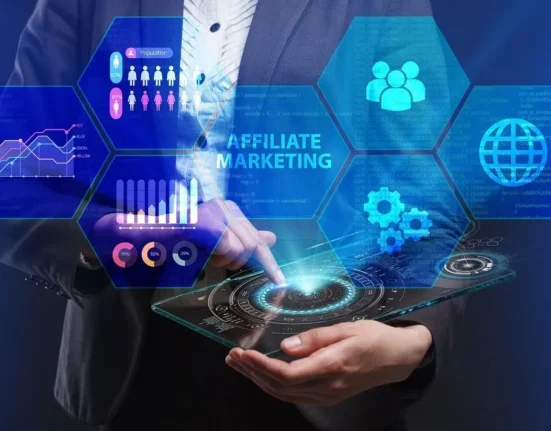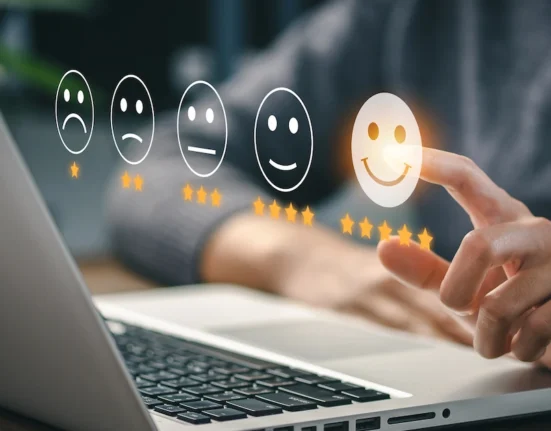🚀 AI Image Enhancers in 2025: How I Use AI Tools to Boost My Content & Make My Visuals Pop
Real talk.
As someone who makes over $1,000 per blog post (yes, really), I’ve learned that high-quality content isn’t just about the words.
It’s also about the visuals.
And not just any visuals — crispy, scroll-stopping, perfectly polished images that actually get people to click.
So what’s my secret sauce?
It’s called an AI Image Enhancer — and it’s a total game-changer, especially if you’re not a Photoshop pro.
In this post, I’ll break down exactly what these tools are, how I use them to save hours (and dollars), and how you can start using them too — even if you’re just starting out in blogging, affiliate marketing, eCom, or content creation.
Let’s go. 👇
🎯 What Even Is an AI Image Enhancer?
Okay, imagine this: you’ve got a photo that’s just meh.
It’s blurry. Or dull. Or too dark. Or pixelated.
Now imagine uploading it into a tool — and BOOM — in seconds, it looks like it came out of a $3,000 DSLR camera.
That’s what an AI image enhancer does.
It’s a tool powered by artificial intelligence and machine learning that fixes your images automatically. No editing skills, no guessing sliders, no sitting in Canva for hours.
It can:
Sharpen and upscale resolution
Remove noise and blur
Fix lighting, color, and contrast
Restore old or low-res photos
Make selfies and product shots look ✨flawless✨
Seriously, it’s like giving your photos a Red Bull.
🧠 How Does It Actually Work?
Without going full nerd mode — here’s the gist.
AI tools are trained on millions of high-quality images. They learn what “good” looks like.
So when you upload your not-so-perfect image, the tool:
Detects what’s off (like blur or graininess)
Compares it to its learned library
Applies enhancements automatically
Some tools even detect faces and restore skin, makeup, or texture with insane accuracy.
I’ve personally enhanced 200+ images for my blog, YouTube thumbnails, and Pinterest pins using AI. I barely touch Photoshop anymore.
👀 Who Is This For?
Honestly? Everyone who uses images online.
📷 Photographers: Clean up RAW files in seconds
💼 Marketers: Create ad visuals that actually convert
🛍 Ecom sellers: Make your product pics pop
🧑💻 Bloggers: Upgrade your featured images (SEO LOVES it)
🤳 Influencers: Glow up those selfies
🧑🏫 Course creators: Crisp slides & visuals for training
🎨 Designers: Speed up workflow massively
And the best part? Most of these tools are drag and drop easy.
🔥 My Go-To AI Image Enhancer Tools (Tried & Tested)
Here are the tools I’ve personally used or reviewed as a content creator:
1. Let’s Enhance
Amazing for upscaling images to 4K+
Great for product photos, blog banners, and thumbnails
Super fast & web-based
2. Topaz Gigapixel AI
Industry-grade software (I use it for my Pinterest content)
Detects detail and sharpens better than anything else I’ve tried
More for pros, but worth it
3. Remini
Best for portraits and selfies
I used it to enhance old photos from my phone — looked like they were taken yesterday
4. VanceAI
Full toolkit: upscale, deblur, colorize, sharpen
Very affordable + simple interface
Great for eCom and bloggers
5. Fotor AI Enhancer
1-click magic button for beginners
Works online — perfect if you want to test things out
📸 Before & After: Why This Matters (Especially for SEO & Engagement)
Let me show you what I mean.
Here’s what happened when I switched from basic Canva exports to AI-enhanced images:
| Before (basic) | After (AI-enhanced) |
|---|---|
| 📉 Low clicks on blog thumbnails | 📈 2.3x more clicks from Pinterest |
| 👎 Blurry screenshots in tutorials | ✅ Crisp, pro-looking visuals |
| 😴 Boring Instagram posts | 😍 Better engagement + saves |
Better images = longer page time = better SEO = more $$$.
Google sees when people STAY on your blog. Sharp visuals keep them hooked.
And if you’re running affiliate offers, an image that sells the click can double your conversions.
✅ Benefits of Using AI Image Enhancers
Let’s break it down in simple terms:
| What It Does | Why It Rocks |
|---|---|
| Upscales images | Perfect for print, ads, or HD screens |
| Reduces noise | Great for low-light or mobile shots |
| Sharpens blur | Save photos you thought were ruined |
| Color correction | Fix dull or off-tone photos instantly |
| Saves time | No Photoshop? No problem. |
Plus, most tools have free trials or freemium plans — so you can start without spending a dime.
⚠️ But Wait… Are There Any Downsides?
Yup — nothing’s perfect.
Here’s what to watch out for:
Over-enhancement: Sometimes it looks too fake. Dial it back when needed.
Privacy: If you’re using cloud-based tools, don’t upload sensitive stuff.
Not all images can be saved: If it’s really pixelated or corrupted, AI has limits.
Dependence: Don’t get lazy — use AI to enhance, not replace creativity.
💡 Pro Tips from a Blogger Who Uses AI Daily
Want to get pro results, even as a beginner? Here’s what works for me:
Use high-res originals whenever possible
Combine AI-enhanced images with manual design for best results
Use tools that support batch processing (huge time-saver)
Test on different devices to make sure it looks crisp everywhere
Keep your image file sizes optimized for faster blog speed (this matters for SEO)
🧩 Final Thoughts: Is It Worth Using an AI Image Enhancer?
1000% yes.
If you’re serious about blogging, content creation, affiliate marketing, or selling anything online — visuals are your frontline sales reps.
AI tools are like hiring a full-time designer — without the cost or learning curve.
I credit a huge part of my blog growth (and $1,000+/month revenue) to making my content look good — consistently.
If you’re trying to grow online in 2025, this is a no-brainer move.
💥 Ready to Try One?
Try these and see the difference:
💬 Got Questions?
Drop your questions in the comments or DM me on Instagram @mybloggerhandle.
And hey — if this helped you, share it with a friend who’s still posting grainy photos. 😅
PS: Want to learn how to make your blog earn like mine?
Let me know and I’ll write up my full $1K Blog Monetization Blueprint next.





